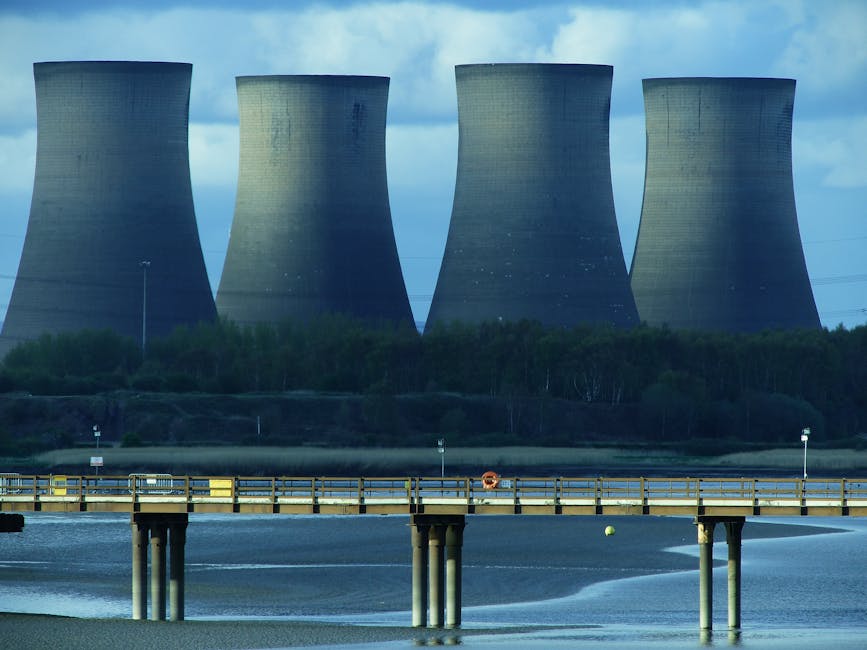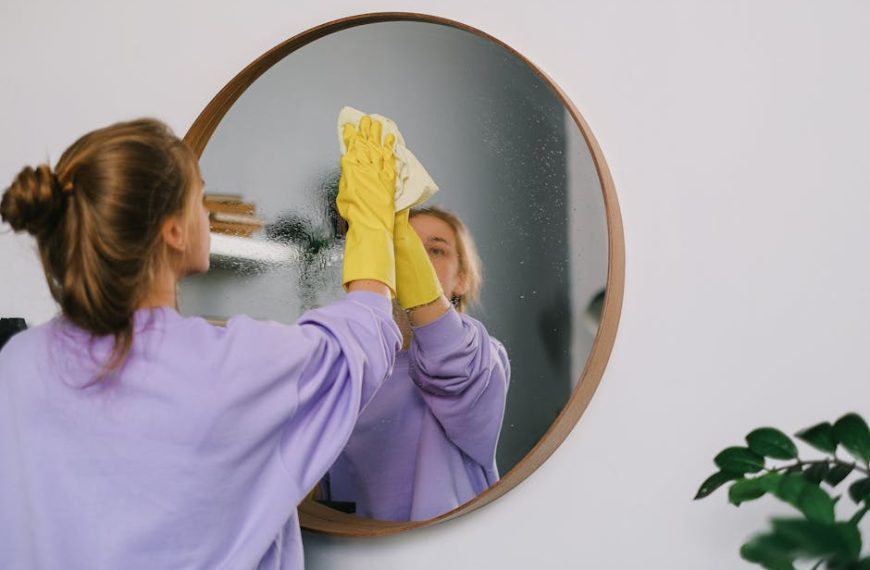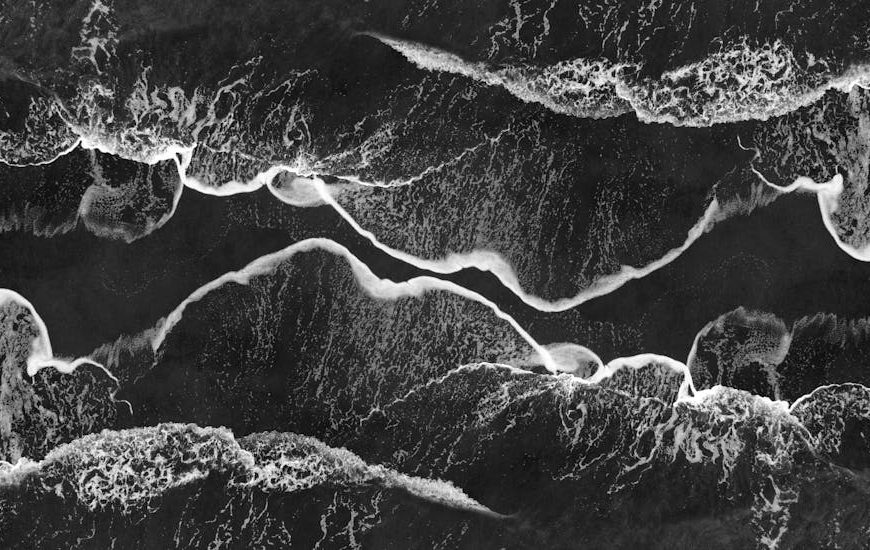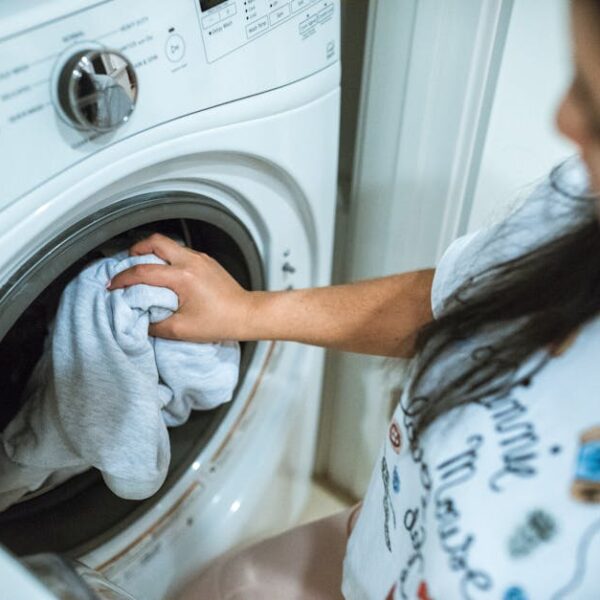Steam cleaning is not just a fantastic way of deep-cleaning your home; it also serves some extra benefits that you may have never imagined. One of these is its ability to effectively remove limescale, making it quite handy for anyone who lives in a hard water area. This method is not only quick, but, unlike chemical cleaners, it doesn’t leave harmful residues and is environmentally friendly. Read on to discover how steam cleaning tackles stubborn limescale, why it’s a preferred choice, and how you can maintain a limescale-free environment in your house.
Understanding Limescale and its Formation
Limescale, otherwise known as hard water scaling, is a chalky deposit that mainly consists of calcium carbonate. It commonly forms on appliances and surfaces that frequently come into contact with water, such as kettles, showerheads, and taps. While it might seem harmless at first, limescale can cause a variety of problems if left unchecked. It can lead to appliance breakdown, affect water flow, leave unsightly stains, and even promote bacterial growth due to its porous nature.
To better understand where you need to focus your cleaning efforts, here’s a checklist of places where limescale usually accumulates:
- Kitchen appliances like coffee makers, kettles, and washing machines
- Bathroom fixtures like faucets, showerheads, and toilets
- Plumbing pipes and hot water tanks
Conventional Methods of Limescale Removal
There’s a myriad of limescale removal methods available, both chemical and natural. Commercial cleaners, vinegar, lemon juice, and baking soda are< commonly used solutions. While these methods can be effective, they often require substantial scrubbing and can damage surfaces over time. Furthermore, chemical cleaners release harmful fumes and can pose a threat to the environment.
Let’s weigh the pros and cons of these commonly used household limescale removal items:
| Item | Pros | Cons |
|---|---|---|
| Commercial Cleaners | Effective; easy to use | Harmful fumes; environmental concerns |
| Vinegar/Lemon juice | Natural; mild on surfaces | Requires substantial scrubbing; not suitable for all surfaces |
| Baking soda | Nontoxic; inexpensive | May demand elbow grease, particularly for stubborn stains |
Stay tuned for the next section, where we focus on steam cleaning as an effective and eco-friendly alternative for removing limescale.
Steam Cleaning: A Comprehensive Overview
Steam cleaning is a method of cleaning that uses steam – as the name suggests – to clean and sanitize surfaces and objects. The process involves heating water to a very high temperature then using the steam produced to break down dirt and grime. The wonderful thing about steam cleaning is that it’s incredibly versatile, being able to clean a wide range of surfaces and objects throughout your home.
To illustrate, here’s a list of household items that can benefit from the advantages of steam cleaning:
- Upholstery and carpets
- Floors, especially tile and hardwood
- Kitchen appliances
- Bathroom surfaces like showers and toilets
- Windows and mirrors
- Outdoor patio furniture
Contrary to popular belief, steam cleaning does not always mean drenching your surfaces with water. Good quality steam cleaners produce a dry steam that lightly moistens the surface and quickly evaporates, leaving no excess water behind.
The Effectiveness of Steam Cleaning in Limescale Removal
Steam cleaning has been proven to be highly effective when it comes to limescale removal. The heat of the steam helps to dissolve the mineral deposits, while the pressure works to blast away the stubborn deposits. Plus, because steam cleaning uses water only, it’s a more eco-friendly choice compared to chemical cleaners.
Here’s a nifty tip : When using a steam cleaner to remove limescale, direct the steam jet at an angle. The force coupled with the heat will help loosen and dislodge the limescale, making it easier to wipe away. Another benefit of steam cleaners is that they come with various attachments, choose the one most suitable depending on the area being cleaned.
Limescale Prevention and Regular Maintenance
Prevention is always better than cure and this applies equally to limescale build-up. Adopting certain best practices can help you avoid the menace of limescale and keep your surfaces and appliances in top-notch condition. Regular maintenance is key to this.
Here’s a handy checklist for regular maintenance to prevent and control limescale formation:
- Regularly wipe down wet areas after use
- Consider investing in a water softener system to tackle hard water
- Use vinegar or lemon juice as a natural cleaner on a regular basis
- Include steam cleaning in your maintenance routine
- Regularly inspect and clean household appliances and fixtures
While steam cleaning is an excellent tool for limescale removal, remember that it is not a one-stop solution for all surfaces. Always consider the specific cleaning recommendations for your materials and surfaces. With the correct methods and regular care, you can keep your home limescale-free, sparkling clean, and significantly extend the life cycle of your appliances and fixtures.
Key Takeaway:
- Limescale, or hard water scaling, is a chalky deposit mainly consisting of calcium carbonate and often found on appliances and surfaces that frequently come into contact with water.
- Traditional methods of limescale removal such as commercial cleaners, vinegar, and baking soda can be effective but often require vigorous scrubbing and can be harmful to the environment.
- Steam cleaning, a method that uses high-temperature steam to clean and sanitize surfaces, is highly effective for limescale removal. It dissolves mineral deposits and is a more eco-friendly solution.
- To prevent limescale build-up, adopt best practices like regularly wiping down wet areas, using vinegar or lemon juice as a natural cleaner, and including steam cleaning in your maintenance routine.
As you continue to combat limescale build-up know that effective and environmentally friendly solutions like steam cleaning are at your disposal. By optimizing your cleaning strategies and occurrence, you can maintain a clean, durable, and limescale-free home. Remember, it’s not just about the removal but also about prevention.
FAQs
Q: Can I use a steam cleaner on any surface?
A: While steam cleaning is a versatile method, it is not suitable for all surfaces. Always check the manufacturer’s advice or opt for a patch test on an inconspicuous area first.
Q: Is steam cleaning harmful to my health?
A: Steam cleaning is considered safe and non-toxic, making it a good choice for families with allergies or pets. However, caution should be exercised when dealing with steam to prevent burns.
Q: How often should I steam clean to remove limescale?
A: This usually depends on how hard the water in your area is and how quickly limescale builds up. For high limescale areas, monthly steam cleaning may be needed.
Q: Can steam cleaning damage my home appliances?
A: When used properly, steam cleaning is safe for most home appliances. Make sure to follow the manufacturer’s instructions when cleaning appliances with a steam cleaner.
Q: What else can I do to prevent limescale?
A: Besides regularly cleaning, consider investing in a water softener system as it can help tackle hard water, which is the root cause of limescale.
Don’t forget to share this article with others and explore additional posts on our website. There’s always more to learn when it comes to home management and maintenance!












